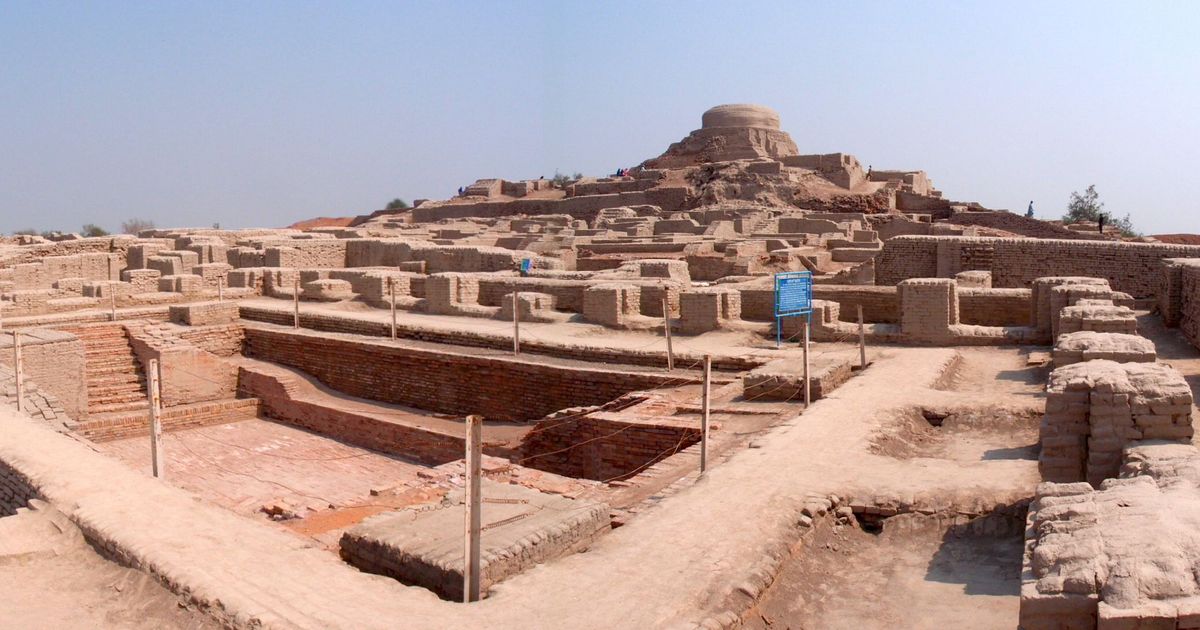In ancient times, rivers and sources of fresh water were vital for creating civilizations and settlements. One such remarkable civilization is the Harappan civilization, centered around the town of Mohenjodaro in the Indus basin. This article will provide you with easy-to-understand information about this ancient civilization.

The study of this civilization and its settlements has been ongoing since its discovery, but various challenges have hindered our understanding. In 1904, Lord Curzon, the Governor of British India, took the initiative to rekindle research in this area.
The Harappan civilization is often considered one of the world’s most mysterious civilizations because many of its key aspects remain unknown. The fertile soil in the Indus basin and the presence of the Saraswati River were instrumental in the development of Mohenjodaro.
At its peak, this civilization covered an area of up to 1 million square kilometers. The town of Mohenjodaro was a testament to their advanced and organized way of life. Remarkably, this civilization lasted for approximately 2,000 years without any historical records of warfare or invasions by external forces.
After the departure of its inhabitants, Mohenjodaro remained concealed from the public eye for a long time. Scientists believe that the town’s residents left due to climate changes or earthquakes that led to the drying up of the Saraswati River, upon which they heavily relied.
The civilization’s strong dependence on the Saraswati River meant that its inhabitants were forced to abandon their homeland due to the river’s depletion. Mohenjodaro had several distinctive characteristics, including the absence of royal palaces or places of religious worship.
Rather than being governed by a king or a royal family, the town was managed by a representative council. There was no presence of priests or any evidence of religious discrimination, highlighting the civilization’s modern and equitable social structure.
Cleanliness was highly emphasized by the town’s residents, who had large private baths, brick-walled houses, modern toilets, and an effective sewage system. Fresh water was readily available to the inhabitants.
Their expertise in seamanship allowed them to engage in trade across the Arabian Sea, reaching Oman. The town’s population is estimated to have reached up to 100,000 people, showcasing a level of foresight rarely seen in other ancient civilizations.
Leave a Reply